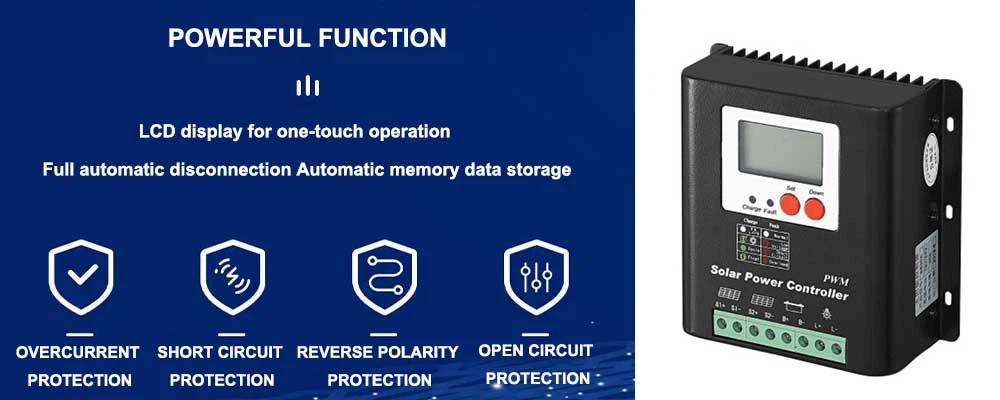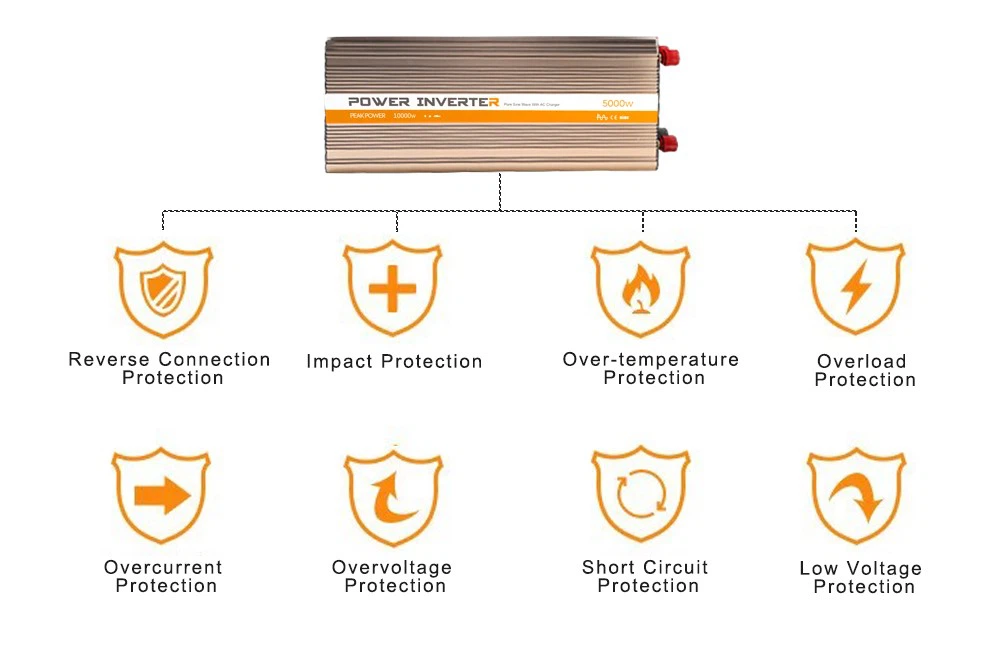What Is The Difference Between Solar Charge Controller And Inverter?
The world is gradually switching to renewable energy resources as the demand for sustainable development increases. Among these renewable energy resources, solar energy is becoming more popular because of its abundance and long-term sustainability. However, to harness solar energy efficiently, solar panels alone cannot do the job. A solar power system consists of various components, including solar panels, batteries, charge controllers, and inverters. The charge controller and inverters are crucial components in the solar power system, and they play different roles in regulating and distributing power. In this article, we will discuss in detail the functions of solar charge controllers and inverters, their differences, and how they work together.
Solar Charge Controller
A solar charge controller, also known as a regulator, is an electronic device that regulates the voltage and current coming from the solar panels to ensure safe and efficient battery charging. This component is essential because excessive voltage or current can damage the battery and cause a fire. The solar charge controller can maintain the correct charging voltage and prevent overcharging by regulating the voltage and current to match the battery's charging requirements.
The solar charge controller has several functions, including:
1. Battery protection: The solar charge controller protects the battery from overcharging, deep discharging, and short circuits.
2. Charge regulation: The solar charge controller regulates the voltage and current from the solar panels to maintain a safe and efficient charging rate for the battery.
3. System monitoring: The solar charge controller provides real-time information on the system performance, including battery voltage, charging current, and energy production.
The solar charge controller comes in two types: PWM and MPPT:
1. PWM (Pulse Width Modulation) solar charge controller: This type of charge controller works by connecting the solar panel directly to the battery. The controller uses pulse width modulation to regulate the voltage and current to the battery. PWM solar charge controllers are simple and affordable but less efficient than MPPT.
2. MPPT (Maximum Power Point Tracking) solar charge controller: MPPT charge controllers track the maximum power point of the solar panels and adjust the output voltage and current to match the battery's charging requirements. MPPT charge controllers are more expensive than PWM but more efficient and effective in charging the battery.
Inverter
An inverter is a device that converts the DC (direct current) generated by the solar panels and stored in the batteries into AC (alternating current) that can power home appliances. The solar panels produce DC, which cannot be used directly by most home appliances, so the inverter is necessary to convert the DC to AC.
Inverters come in different types, including:
1. Stand-alone inverters: These inverters are used in off-grid solar systems and convert DC to AC to run appliances or equipment.
2. Grid-tie inverters: These inverters are used in grid-tied solar systems and convert DC to AC to feed into the utility grid.
3. Hybrid inverters: These inverters can work both off-grid and on-grid and can switch between the two modes automatically.
The inverter has several functions, including:
1. DC to AC Conversion: Inverters convert the DC produced by the solar panels into AC that can power home appliances.
2. Voltage Regulation: The inverter manages the voltage to match local grid standards, which is important when connecting to the grid.
3. Monitoring: The inverter provides real-time information on the system performance, including energy output, grid connection status, and fault detection.
Difference Between Charge Controllers and Inverters
The primary difference between solar charge controllers and inverters is their function and installation. The solar charge controller regulates the voltage and current from the solar panels to prevent overcharging and damage to the battery. The inverter converts the DC produced by the solar panels into AC that can power home appliances. The solar charge controller is installed between the solar panels and batteries, while the inverter is installed between the batteries and home appliances.
Conclusion
Solar charge controllers and inverters are two essential components in a solar power system. The solar charge controller regulates the voltage and current from the solar panels to charge the battery safely and efficiently. The inverter converts the DC produced by the solar panels to AC that can power home appliances. Choosing the right solar charge controller and inverter for your solar power system is crucial for achieving maximum performance and efficiency.






